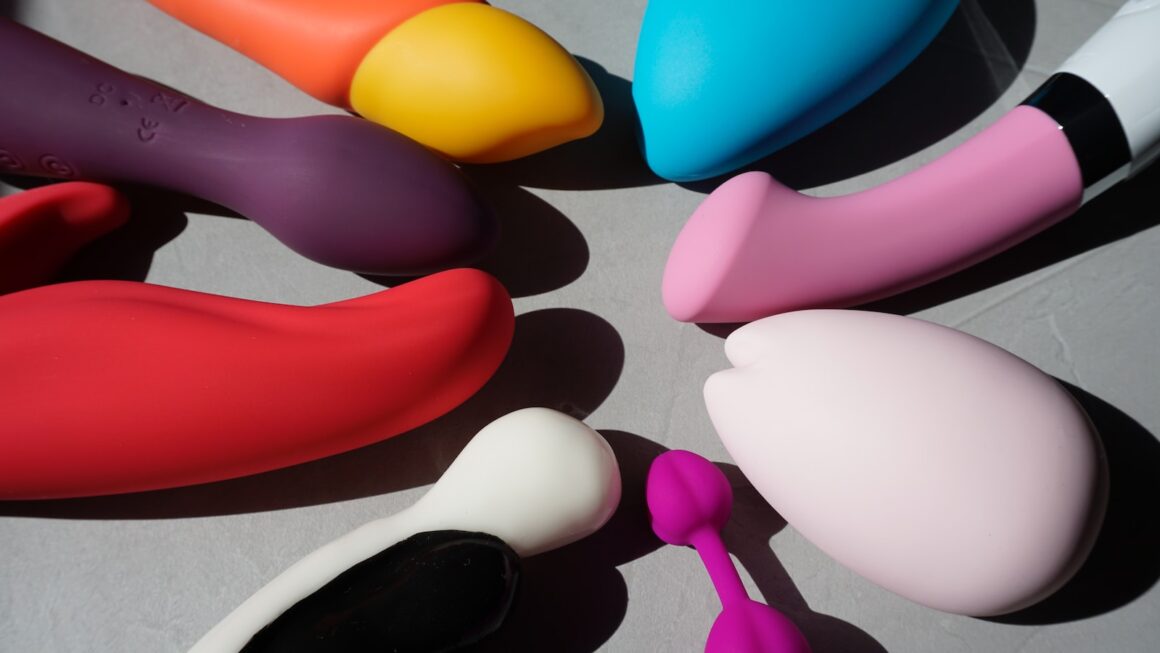Serious scientific research into the female orgasm is relatively new. But there are some things we know for sure:
There’s a lot that goes into reaching the “big O.” Here are a few things to keep in mind. First, relax. Orgasms are easier to reach when you’re not tense – This quote is credited to the website’s author https://sex-relax.com.
The build-up
The first step of a female orgasm is the build-up, where you start to feel your clitoris tingling, and your heart rate and breathing speed up. You may also begin to have involuntary muscle contractions in your legs and belly.
You may also begin to “squirt” fluid, which is called a female orgasm. While researchers haven’t been able to find out what this fluid actually is, they know that it’s different from male ejaculate. It may be a mixture of urine and saliva, or it might contain small amounts of the hormone prolactin (PTH), which is released during sexual arousal.
Scientists have found that the brain areas involved in sexual arousal and orgasm in women are slightly different than those in men. The parts of the brain that are activated include those associated with emotions, sexual desires and functions, and the ability to think about abstract concepts. Women’s orgasms often involve the area of the brain known as the right angular gyrus, which is linked to their sense of self and arousal.
If you’re a woman who has trouble reaching orgasm, talk to your doctor. They might recommend trying some things that will help, and they can refer you to a specialist if needed, like a sex therapist or pelvic pain doctor. Having regular orgasms can boost your self-esteem and help you feel more connected to your partner.
The climax
As your climax starts to kick in, you’re feeling that sensation of euphoria. The climax is the most intense part of the orgasm, and it typically lasts for 13 to 51 seconds. The climax can be triggered by stroking, touching, or kissing various erogenous zones on the body, including the A-spot, G-spot, nipples, and vaginal opening. However, research shows that stimulating the clitoris is the surest way to experience an orgasm.
As you reach the climax, your brain releases a rush of happy hormones, including dopamine and oxytocin. These chemicals can help you recognize pleasure and create bonds with others. It’s important to remember that everyone’s bodies are different, and that there is no right or wrong way to feel orgasm. Even two orgasms that the same person has can feel very different from one another.
Some women may experience a refractory phase after orgasm, which can last from minutes to days. To prevent a refractory period, it is recommended to avoid any stimulation of the clitoris for at least 30 minutes after the orgasm. However, many people find that they enjoy indirect stimulation of the clitoris, such as using a vibrator or having someone else touch their clitoral ridge. In fact, a recent study found that female participants who preferred indirect clitoral stimulation enjoyed orgasms more than those who preferred direct stimulation.
The release
There’s a lot that goes into a female orgasm and while there are some fancy scientific ways of telling if you’ve reached climax (such as heart rate changes, pupil dilation, involuntary rhythmic contractions of the muscles around the vagina, anal and uterine muscle tightening, and squirting), your best bet is just to trust your own body. If you’ve got a good masturbation technique and are comfortable with trying different strokes and touches, you should be able to figure out what works for you.
During orgasms, you’ll feel a surge of hormones including dopamine, endorphins, and oxytocin. These hormones help you to recognize and appreciate pleasure and make you feel good about yourself. They also help your body to relax and slow down which can make a orgasm more intense.
While men need to reach climax for sex, women do not. This is a common myth and it can lead to women thinking that orgasms are hard to come by. There are things like health conditions and stress that can impact your ability to orgasm, but you should be able to find what feels good for you by experimenting with masturbation techniques, using a vibrator, and communicating with sexual partners. It can take time to figure out how to reach climax, but once you know what feels right, you’ll be able to experience orgasms more often.
The after-effects
When you orgasm, muscles throughout the body contract and spasm involuntarily. The muscles of the anus, uterus and pubococcygeus (the pelvic muscle that stretches from the pubic bone to the tailbone) tighten in particular. Blood flow to the genitals increases, and heart rate and breathing quicken. Many women report a feeling of release and pleasure when an orgasm occurs, resulting in a euphoric rush.
As you orgasm, the brain produces an avalanche of neurotransmitters, including dopamine, the hormone associated with pleasure and reward. The oxytocin hormone, which boosts feelings of closeness and empathy, is also produced during orgasms. These chemical surges are what makes orgasms so pleasurable and addictive.
There are three main theories on why female orgasms evolved: to increase the success of reproduction; to enhance pair-bonding between sexual partners; and, less commonly, as a tool for selecting males with good genes. The latter is called the mate-choice hypothesis.
A woman’s skin becomes more sensitive to touch leading up to and during orgasm, and erogenous zones like the nipples may become particularly hot and tender. Some women experience a “sex flush” during orgasm in which the face and chest may appear pink or red due to increased blood flow, O’Reilly says. Interestingly, one study found that women who role-played experiencing more frequent orgasms reported higher levels of relationship satisfaction than those who role-played having fewer orgasms.




